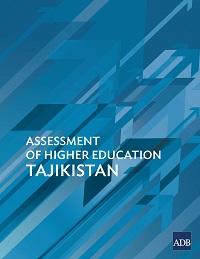Overview of Higher Education in Tajikistan
Tajikistan has made significant strides in expanding access to higher education over the past few decades. This has been a crucial component in the country’s transformation and development. The sector’s growth is marked by a mix of challenges and opportunities that reflect the nation’s socio-economic landscape.
Challenges Faced by Students
Despite the improvements, students in Tajikistan still encounter numerous obstacles in accessing higher education. Financial constraints remain a significant barrier for many families, limiting the ability to pay for tuition fees and associated costs. Additionally, geographical barriers often hinder students from rural areas in pursuing higher education in urban centers.
Government Initiatives
The Tajik government has recognized the importance of education and has initiated several programs to enhance access to higher education. These initiatives include scholarship programs aimed at supporting underprivileged students, as well as partnerships with international educational institutions. Progress is being made, but more support is necessary for sustainable development.
International Support and Collaboration
International organizations and NGOs are increasingly involved in improving educational access in Tajikistan. These collaborations often provide essential resources and expertise, which help in curriculum development and infrastructural improvements. For more detailed insights into this topic, you can explore the resource at Borgen Project.
The Future of Higher Education
Looking forward, the future of higher education in Tajikistan is largely dependent on continued investment and reform. Cultivating a more inclusive environment will enable a larger segment of the population to pursue higher education and contribute to the country’s development. Addressing the existing challenges will be essential to maximize the potential of higher education in fostering growth and innovation.

